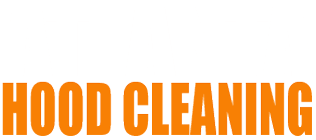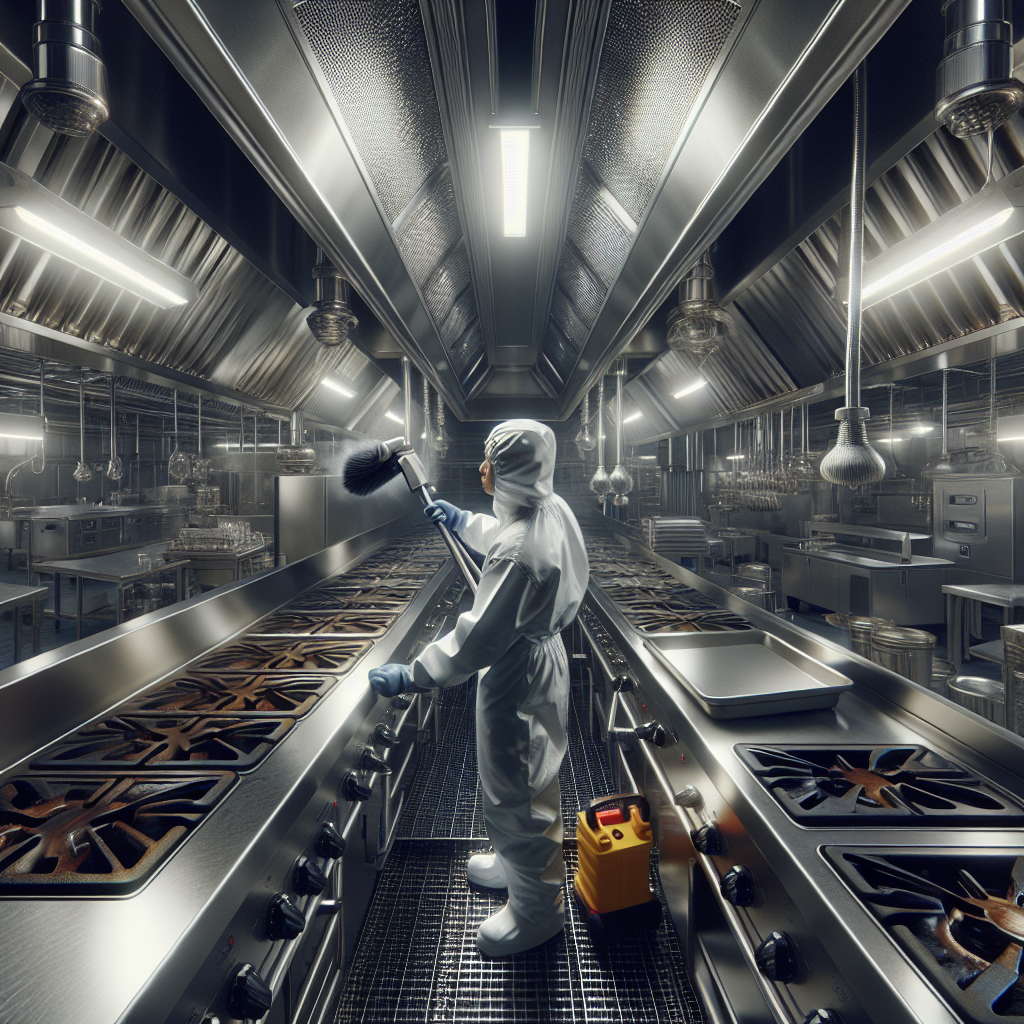Essential Guide to Effective Hood Cleaning in Commercial Kitchens
The Essentials of Hood Cleaning in Commercial Kitchens
Hood cleaning is an essential task in any commercial kitchen. Whether you run a bustling downtown diner or a high-end restaurant in Atlanta, keeping your kitchen hood clean is crucial for maintaining a safe and efficient workspace. This comprehensive guide will explore the specific challenges and requirements of hood cleaning in large commercial kitchens.
Why Hood Cleaning is Important
First and foremost, hood cleaning is vital for fire safety. Grease and other flammable residues accumulate over time in your kitchen’s exhaust hood, ducts, and fans. A single spark can ignite this buildup, causing a dangerous kitchen fire. Regular cleaning reduces this risk significantly.
Another reason for consistent restaurant hood cleaning is to ensure compliance with local health and safety codes. In cities like Atlanta, failing to adhere to these codes could result in hefty fines or even the closure of your restaurant. Keeping your kitchen’s exhaust systems clean demonstrates your commitment to safety and cleanliness, which can also reassure your patrons and staff.
Challenges Specific to Commercial Kitchen Hood Cleaning
When it comes to commercial kitchen hood cleaning, there are challenges that are unique to these large, busy environments. Let’s explore some of these difficulties:
- High Volume of Use: Unlike residential kitchens, commercial kitchens operate at full capacity for extended hours. This high throughput means more significant accumulation of grease and residues.
- Complex Systems: Commercial kitchens often have more extensive and complex exhaust systems, including long ducts that can be difficult to clean thoroughly.
- Availability of Cleaning Windows: Finding time to clean without interrupting your business operations can be challenging. Scheduling an appropriate time for a detailed cleaning requires careful planning.
- Compliance and Documentation: Ensuring that cleaning is performed according to the local regulations and keeping proper documentation is necessary for inspections and audits.
Steps Involved in Exhaust Hood Cleaning
Effective exhaust hood cleaning involves several systematic steps. Here’s a breakdown of the general process:
- Inspection: Before cleaning begins, an inspection is performed to assess the level of grease buildup and other residues. This step helps in planning the cleaning process thoroughly.
- Preparation: The area around the hood is protected using plastic covers to prevent contamination of other areas. Electrical equipment is also turned off to ensure safety.
- Chemical Application: Degreasers and other cleaning chemicals are applied to break down the accumulated grease. These chemicals are designed to penetrate and dissolve tough residues.
- Scrubbing and Cleaning: Manual scrubbing and pressure washing are then employed to remove dissolved residues. Specialized tools ensure all areas, including hard-to-reach spots, are thoroughly cleaned.
- Polishing and Finishing: Finally, the hood and other components are polished to remove any streaks or residues left behind, enhancing the overall appearance and cleanliness of the equipment.
- Post-Cleaning Inspection: A follow-up inspection ensures that all areas have been properly cleaned and that the equipment is ready to be put back into service.
Choosing a Professional Hood Cleaning Service
Considering the complexities involved, hiring a professional service for restaurant hood cleaning is often the best approach. Here are some key factors to consider when selecting a service provider:
- Experience and Reputation: Opt for a company with extensive experience in commercial kitchen hood cleaning. Check reviews and ask for references to gauge their reliability and effectiveness.
- Certifications: Ensure the service provider is certified and compliant with local regulations and standards. Proper certification guarantees that their cleaning methods and chemicals are safe and effective.
- Comprehensive Services: Choose a company that offers a full range of services, including inspection, cleaning, and documentation. Comprehensive services save time and ensure all aspects of exhaust hood cleaning are covered.
- Flexibility: A good service provider will offer flexible scheduling options to minimize disruptions to your business operations. They should be able to work during off-hours or low-traffic periods.
- Cost: While cost shouldn’t be the sole deciding factor, it’s essential to get a clear and transparent quote. Ensure there are no hidden fees and that the value you receive aligns with the price.
Conclusion
Maintaining a clean exhaust hood in commercial kitchens is not just a matter of hygiene but also safety and compliance. The challenges posed by high usage, complex systems, and regulatory requirements necessitate professional intervention. By choosing a reputable service provider for your restaurant hood cleaning needs, you can ensure a safer, cleaner, and more efficient kitchen environment. If you’re in Atlanta and need expert assistance, consider reaching out to companies specializing in commercial kitchen hood cleaning.







